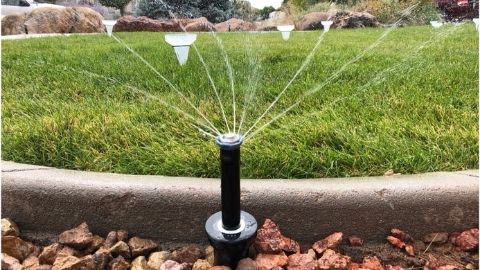Kitesurfing is a sport that uses wind to help you travel through the water. The sport of kitesurfing has become very popular in recent years, and it's now enjoyed by people all over the world. If you're looking to try out this exciting new sport, read on for the complete guide to kitesurfing lessons in El Gouna!

Kitesurfing is a sport that uses wind to help you travel through the water. The sport of kitesurfing has become very popular in recent years, and it's now enjoyed by people all over the world. If you're looking to try out this exciting new sport, read on for our complete guide to kitesurfing!
Before getting started, it's important to know what equipment you'll need. You'll need a kite (which typically costs around $300), a board (which can cost anywhere from $50 to $1,000), and some sailing supplies. You may also want a safety harness, life preserver, and reef knot book.
Now that you've got all of your equipment ready, it's time to learn how to kitesurf! Kitesurfing is a relatively simple sport that can be learned in
Kitesurfing is a sport that can be enjoyed by all levels of skiers and snowboarders. You don't need to be an experienced windsurfer to kitesurf. There are a few basic techniques you should know before getting started, but the most important thing is to have fun!
To learn how to kitesurf, start by reading our guide on the basics. Once you understand the basics, read on for more specific instruction on how to kitesurf different types of water. Finally, be sure to check out the above blog for helpful tips and tricks from other kitesurfers.

